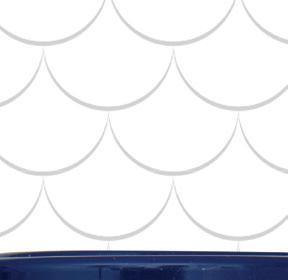
7 minute read
TOP TIPS
down to 6 hours a day. The final few days can be no daytime lighting at all.
The tortoise should be contained during this period, to allow the keeper to monitor the animal and supplementary calcium and vitamins are essential. Gradually changing the tortoise's diet to more fibrous dried flowers and grasses will ensure that they have less nutritious, high-fibre food in their system. Avoid feeding treats or “junk food” options such as veg, fruit or a lot of salad in the month before hibernation fasting. Richer foods are more likely to rot and cause infection if any remains in the gut during hibernation. It can take up to four weeks of fasting for a tortoise to have an empty gut. During this time, ambient and basking heat is essential for the tortoise to clear its gut and good quality heating/light bulbs are a necessity. Extra fluids should also be provided. “Frequent baths are a really important part of the hibernation preparation process” explains Eleanor. “Extra fluids will help clear their gut and detox them. They should be soaked every 2-3 days for about 15-20 minutes in warm water at around 36°C. Although the keeper can just provide more water, bathing allows them to take on more liquids and the warmth of the water will also encourage them to go to the toilet as well.”
Advertisement
“A few days before hibernation, a more thorough clean with an antibacterial and fungal iodine-based soap is advised. This will reduce the chance of the tortoise picking up an eye infection, skin infection or developing shell rot during hibernation. Giving them a once over with Tamodine and using a soft toothbrush to get the entire shell, tail and limbs is great. Tamodine is also worth just keeping in the cupboard year-round. It can be used as a soap or as first aid if the tortoise gets any grazes or cuts.”
• Know exactly what species/subspecies is being kept.
• Take regular weights and measurements throughout the year to help you make a more informed decision and monitor progress.
• Identify how long you wish to hibernate your animal as soon as possible, then prepare accordingly.
• Make sure the tortoise has fasted effectively and has an empty stomach before hibernating.
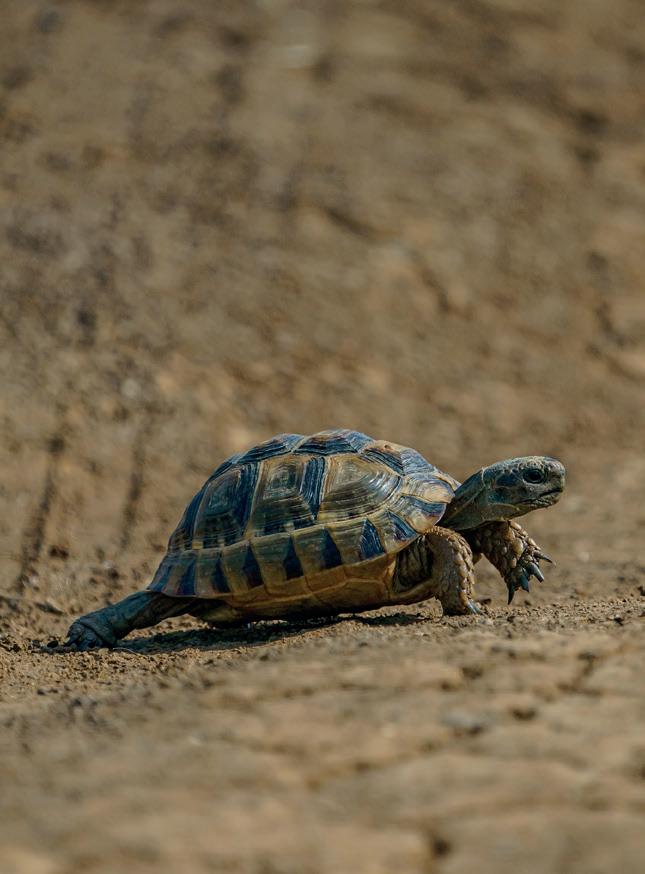
• Ensure the animal is safe, secure and receiving adequate oxygen throughout the hibernation process.
• Keep some Reptoboost available for when the tortoise awakes, in case they are slow to begin feeding again.
Where to hibernate?
There are a few methods of hibernating tortoises with the most popular being the ‘fridge method’. Modern housing is typically very well-insulated, so finding a location in the home with a steady 5°C temperature can be challenging. A fridge, on the other hand, can be a more predictable option if it is in good condition. The most important thing to consider when choosing a location to hibernate a tortoise is ensuring a steady, consistent temperature. A fridge that has a freezer compartment is extremely risky as a damaged fridge may lead to part of the fridge freezing. Eleanor explains: “There are a few things that keepers must consider if they choose to use the fridge method. Firstly, remember to open the door every few days to make sure that there is always enough oxygen. Secondly, check the temperatures several times in the run-up to hibernation to ensure that the temperature is steady. Finally, the addition of a few large bottles of water will add mass, which should then support the stability of the temperature.” The tortoise should be placed in a plastic container, with a deep layer of soil-based substrate to allow it to dig into a comfortable position (leaflitter can also be added for extra security) and placed into the fridge. Soil should not be soggy and should be able to crumble and fall off the keeper’s hand. Alternatively, the keeper could place the tortoise on a towel with dried leaves or shredded paper on top. If this method is chosen, a bowl of water should be added to the fridge to allow some ambient humidity.
Historically, many keepers opted for the ‘box’ method.
This sees the animal placed inside a box with some newspaper shredding and placed in the coolest room in the house. Hay/straw should be avoided as it can bind around the tortoise’s joints. The addition of more mass will help stabilise temperatures, therefore having a box within another box is going to be much more reliable. A temperature probe should be inserted into the inner box, housing the tortoise. The box should also be labelled clearly and placed somewhere secure. Eleanor continued: “The tortoise may rustle around, so make sure the box isn’t anywhere up high. It should also be away from any potential predators. Lofts, conservatories and wooden sheds will also experience major temperature shifts. Unless someone is lucky enough to have a brick shed, the box method is not a great option.”
In mainland Europe, many keepers will opt for the ‘natural method’. This involves creating a brick-lined pit in the garden for the tortoise to hibernate in at their leisure. It is not advisable to do this in the UK due to a much wetter climate. The keeper also has less control and if the hibernation pit is damaged or poorly constructed, one frost could cause the animal to perish. Some UK keepers are extremely successful at keeping European species outdoors year-round by producing impressive hibernacula, but for the average pet owner, this can be tricky to navigate. For all methods, the keeper must ensure that the box is secure and predator-proof. This applies not just to cats and foxes, but to rats and mice which can also attack a hibernating tortoise.
Peace of mind
Leaving a beloved pet to their own devices, asleep in the fridge, can be a daunting prospect for any keeper. They shouldn't be disturbed too much during this period, but there are a few ways that a keeper can check up on their animal. Firstly, a data log of minimum and maximum temperatures is an excellent tool to monitor the conditions of the tortoise, whilst also providing some peace of mind for the keeper. Tortoises will typically sleep with their legs spread out. If the keeper touches the animal's leg, it should move slightly which is a good indicator that the tortoise is still alive, without disturbing its hibernation entirely.
“It is perfectly normal for the tortoise to move around in its box for up to 10 days after being hibernated" Eleanor added. "It might seem odd to the keeper, but a bit of movement is normal. If the tortoise urinates in the early stages of hibernation, there’s nothing to worry about. If it defecates, the keeper may need to remove the tortoise and fast it for a little longer before trying hibernation once again. If it happens at a later stage, this would be a cause to cut hibernation short. Once hibernation ensues, the number one most important thing is to keep the temperature steady. The steadier the temperature, the less stress on the animal and the less chance of it losing excessive weight.”
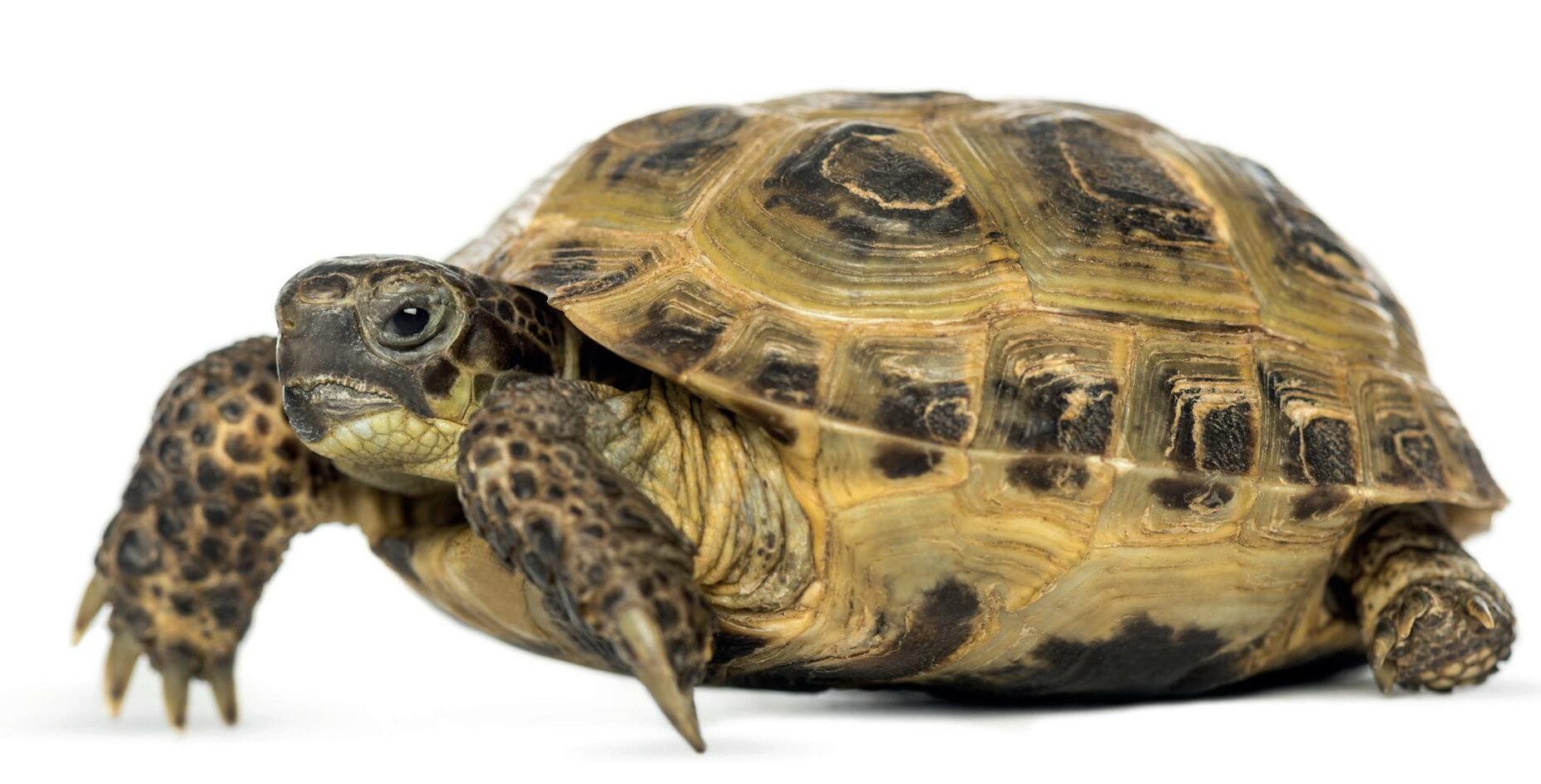
After the hibernation process, the tortoises can be warmed up to room temperature gradually over 48 hours. Eventually, they can be reintroduced to their indoor enclosure and placed under a basking light which will kickstart their feeding behaviour. If the tortoise does not feed within a week of waking from hibernation the keeper should offer tempting favourite foods, hand feeding opportunities and daily soaks. If these do not work, the tortoise may need to be force-fed with the support of a knowledgeable vet or expert. A slow starter can sometimes benefit from Reptoboost soaks posthibernation. This is designed to replenish electrolytes, vitamins and probiotics.
In the wild, tortoises will often awake to find plenty of fresh spring shoots to feed on. In this case, feeding crunchy moisture-filled salads such as crunchy romaine, baby gem lettuce, rocket and even some cucumber is great. However, Eleanor warns that “cucumber is mostly filled with water. It is great for a drink, so it is really useful after waking the tortoise up, but it is not very nutritious. Keepers should
Don’t Lose Sleep Over It
be aiming to move their tortoises onto more fibrous foods as soon as possible, so going out to collect as many weeds as possible is important. These can be kept in sealable sandwich bags in the fridge. It’s a good idea to ask friends and family with pesticide-free allotments and wild gardens to collect these for you as often as possible. It’s free and they have much more trace elements and nutritional value than store-bought salads.”
Calcium and vitamin supplements are also incredibly important at this time of year. Even the very best natural weeds will have less nutritional content in spring and autumn than they will in summer. Therefore, high-quality calcium and vitamin supplements are essential. These can also expire and lose potency over time, particularly if they have been left open for a long period so keepers should aim to pick up fresh tubs of supplements ready for when the tortoise emerges from hibernation. Eleanor continued: “Most tortoises don’t like the taste of vitamins and they will try to hard-ball the owner. Persevere! Even if that means hiding small amounts in certain foods.”
Extra resources
There are plenty of resources available online to help tortoise keepers do right by their animals. Tortoise keeping has shifted greatly in recent decades. Not only do experts know much more about their wild behaviours, but keepers can now access a whole host of accessible information based on herpetological studies to ensure their animals are receiving the very best care. Eleanor’s YouTube channel @tortoisematters has exceptional advice on many issues relating to tortoise husbandry. Norfolk Tortoise Club (website and social media channels) are also very useful for asking direct questions about tortoise health and welfare.
Eleanor Tirtisana-Chubb is a leading expert in Chelonia welfare. As well as lecturing at various educational institutes across the country, Eleanor also runs a tortoise-rehoming facility in Norfolk. She has founded Tortoise Matters, Norfolk Tortoise Club and is a European Lead at the Turtle Survival Alliance.
‘Best Aquarium Fish Food’

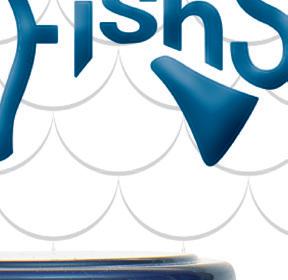





As voted by readers of Practical Fishkeeping magazine
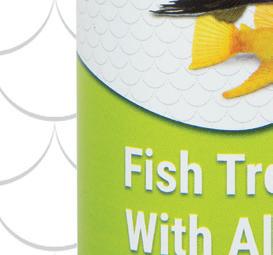
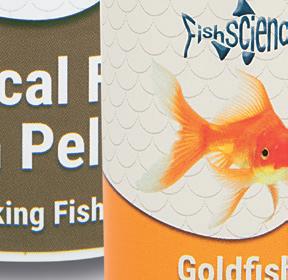


Aquarium Fish Foods with Insect Meal
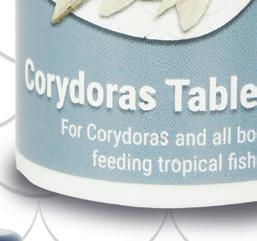
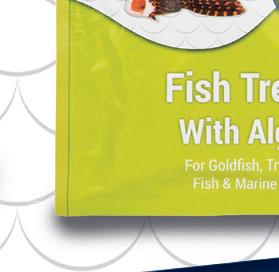
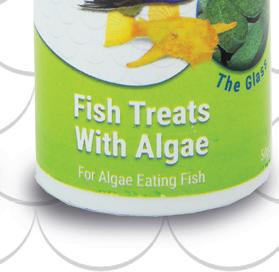
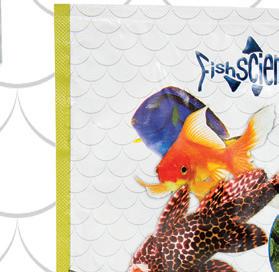
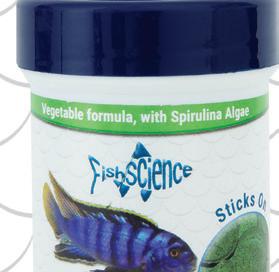
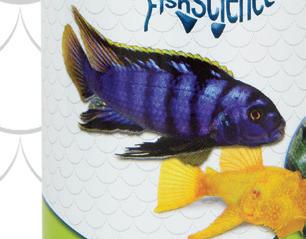
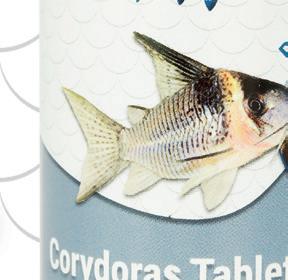
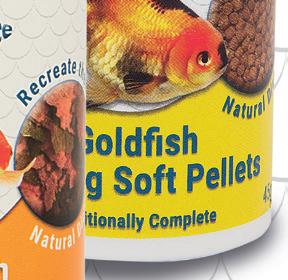
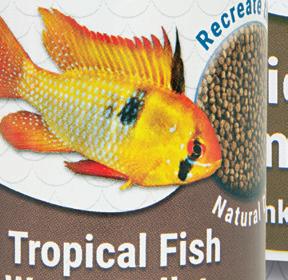
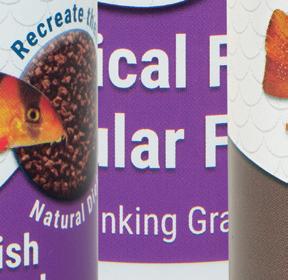
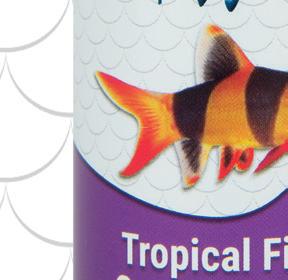
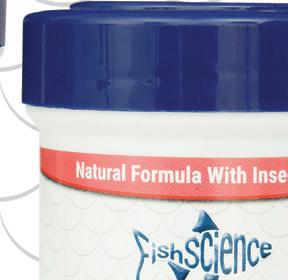
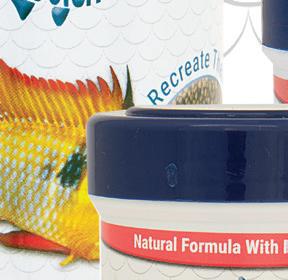
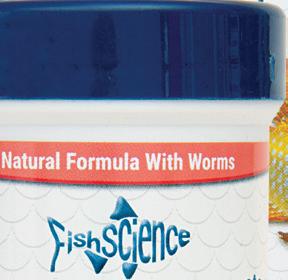
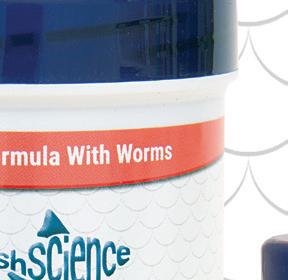
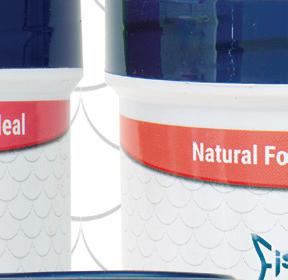
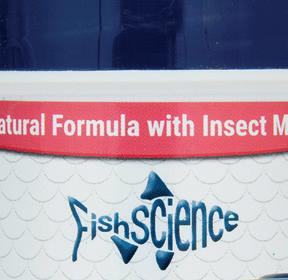
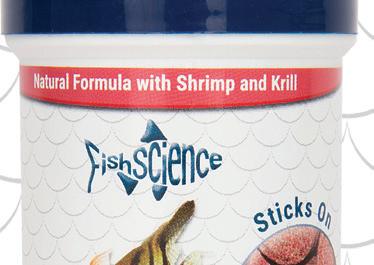

Uses cultured insect meal to recreate the natural insect based diet that most fish eat in the wild.
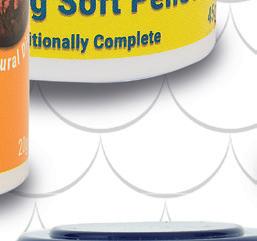
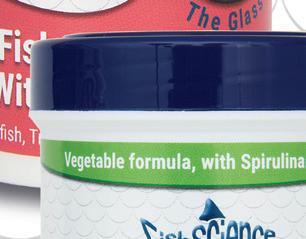
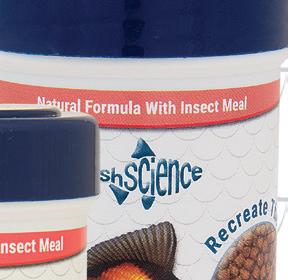
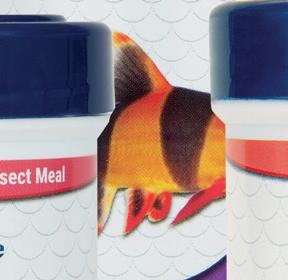
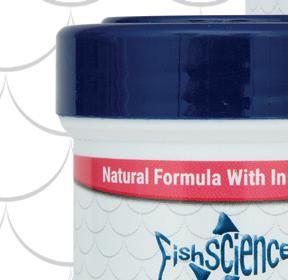
Easily digested and processed by the fish resulting in less waste.


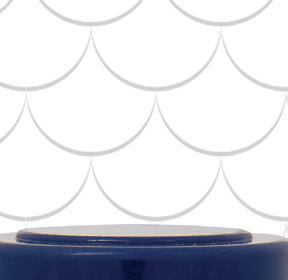
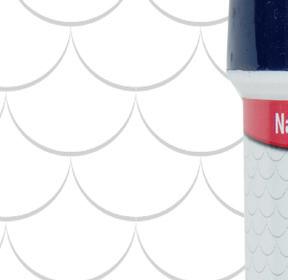
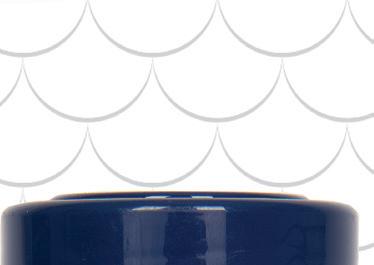

Environmentally friendly and sustainable.
